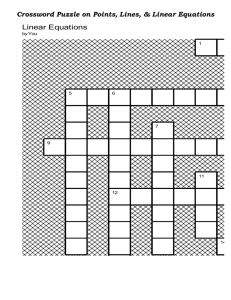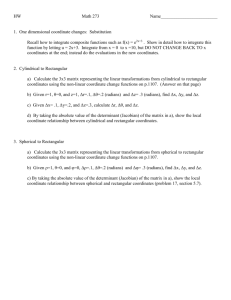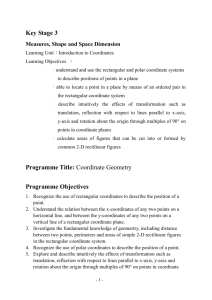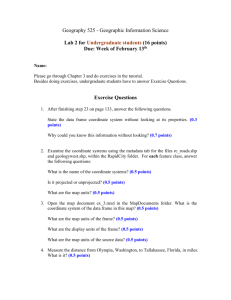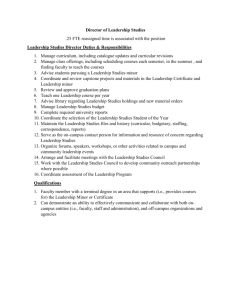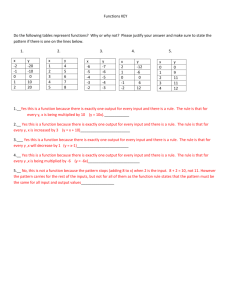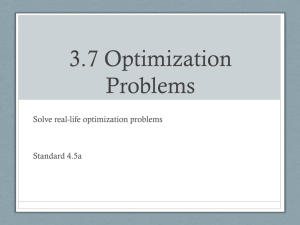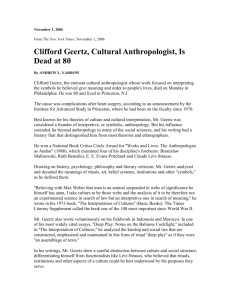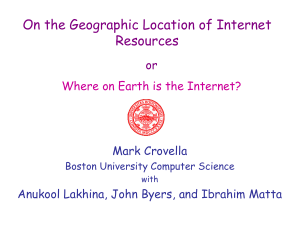File - English @ Heart
advertisement
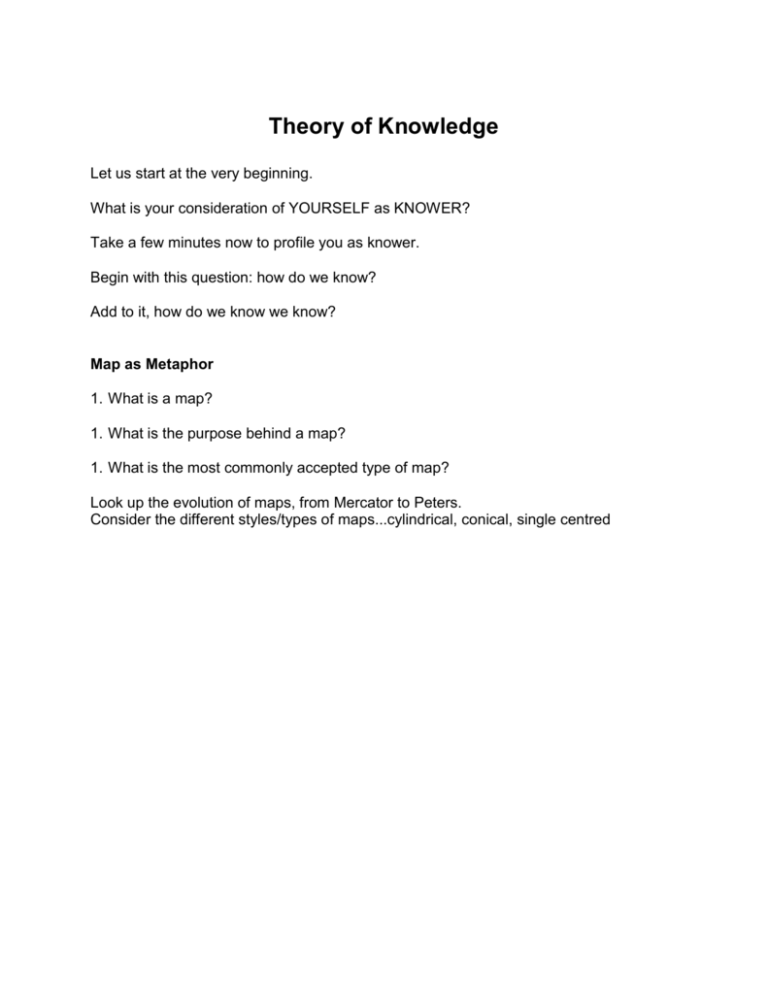
Theory of Knowledge Let us start at the very beginning. What is your consideration of YOURSELF as KNOWER? Take a few minutes now to profile you as knower. Begin with this question: how do we know? Add to it, how do we know we know? Map as Metaphor 1. What is a map? 1. What is the purpose behind a map? 1. What is the most commonly accepted type of map? Look up the evolution of maps, from Mercator to Peters. Consider the different styles/types of maps...cylindrical, conical, single centred http://geology.isu.edu/geostac/Field_Exercise/topomaps/images/projections.jpg So, consider again what the purpose is behind maps and mapping. Mercator Map emerged in 1569 as a navigational tool but remains adopted by such companies as Rand-McNally which creates the perception that it is accurate. The shapes of continents were distorted but the scale of longitude/latitude was purposeful for navigators. Problem emerged when it became adopted as standard. How we saw the world was not how it was. For the earth is more than a spherical orb. When we talk about the earth we consider (consciously or otherwise) time zones; economic zones...1st versus 3rd world...culture, Western culture versus Eastern culture, cultural paradigms, sense of ownership...sense of ownership - the school desk. However there is much dispute about it. The trouble comes from shaping a sphere upon a flat surface. Further, it returns to the idea of what is the purpose behind a map? If we expect the map’s picture of the world as representative of how the world really is, then we afford tremendous power and influence upon the map and by extension to its creators and their biases and subjectivity. We must accept that some maps are better than others. Maps can be inaccurate. They can be faulty. They can be deliberately constructed to impose borders (what, after all, is a border?) Such delineations may be found accepted by particulars cultures but rejected by the world community; thus, imaginary lines can have political, ethical, moral implications to them. For if we use maps to prove or design ownership, then we begin to speak of the earth in terms of property. http://geography.about.com/library/weekly/aa030201b.htm In 1989, seven North American professional geographic organizations (including the American Cartographic Association, National Council for Geographic Education, Association of American Geographers, and the National Geographic Society) adopted a resolution that called for a ban on all rectangular coordinate maps. WHEREAS, the earth is round with a coordinate system composed entirely of circles, and WHEREAS, flat world maps are more useful than globe maps, but flattening the globe surface necessarily greatly changes the appearance of Earth's features and coordinate systems, and WHEREAS, world maps have a powerful and lasting effect on peoples' impressions of the shapes and sizes of lands and seas, their arrangement, and the nature of the coordinate system, and WHEREAS, frequently seeing a greatly distorted map tends to make it "look right," THEREFORE, we strongly urge book and map publishers, the media and government agencies to cease using rectangular world maps for general purposes or artistic displays. Such maps promote serious, erroneous conceptions by severely distorting large sections of the world, by showing the round Earth as having straight edges and sharp corners, by representing most distances and direct routes incorrectly, and by portraying the circular coordinate system as a squared grid. The most widely displayed rectangular world map is the Mercator (in fact a navigational diagram devised for nautical charts), but other rectangular world maps proposed as replacements for the Mercator also display a greatly distorted image of the spherical Earth. Use of “map” is a metaphor to explore facets of this course. So, a map represents particular perspectives, but to understand perspectives, we must address what your understanding of that word. What does perspective mean to you? Consider these terms as fluid; intangible; complex; influential; open to critical evaluation What we know and our stances on this knowledge affect what we will do, how we go forward. Considerations: family; education; religion; society; pop culture; culture Further, who are (y)our sources of knowledge? What else provides us with knowledge? What is our first source of knowledge? Culture: Diverse, fluid, multifaceted What does the term culture mean to you? (learned behavior, family, aesthetics, rules, mores, ritual, clothing) Clifford Geertz: “Culture is the fabric of meaning in terms of which human beings interpret their experience and guide their action. “A framework of beliefs, expressive symbols, and values in terms of which individuals define their world.” I. The idea of “culture” From Clyde Kluckhohn’s Mirror of Man, Geertz lists the following potential meanings of “culture”: 1. "the total way of life of a people" 2. "the social legacy the individual acquires from his group" 3. "a way of thinking, feeling, and believing" 4. "an abstraction from behavior" 5. “a theory on the part of the anthropologist about the way in which a group of people in fact behave” 6. "a storehouse of pooled learning" 7. "a set of standardized orientations to recurrent problems" 8. "learned behavior" 9. “a mechanism for the normative regulation of behavior” 10. “a set of techniques for adjusting both to the external environment and to other men" 11. "a precipitate of history" 12. a behavioral map, sieve, or matrix What role/influence does the education system play? What are your thoughts about this system? What subjects are taught/not offered/valued more/valued less? What is a “good” student? http://academic.csuohio.edu/as227/spring2003/geertz.htm

